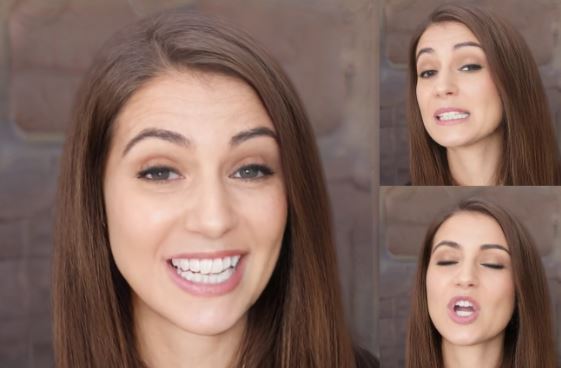What is Microsoft’s new image-to-video AI model VASA-1?
Microsoft’s newly introduced VASA-1 AI model represents a significant advancement in the field of generative artificial intelligence. This AI model has the capability to produce hyper-realistic talking faces from just a single portrait photo and a corresponding speech audio track. The name “VASA” stands for Visual Affective Skill, which highlights the model’s focus on generating lifelike, expressive facial animations that are synchronized with audio inputs.
Functional Capabilities of VASA-1
VASA-1 excels in creating audio-driven talking faces in real-time, showcasing a wide range of facial expressions with precise lip-syncing and natural head movements.
The AI can process arbitrary-length audio and produce seamless talking face videos without any discernible breaks or inconsistencies. Remarkably versatile, it can handle various types of photos and audio inputs — including those not present in the training dataset, such as singing or non-English speech. This was demonstrated impressively with a clip showing the Mona Lisa portrait “singing” a rap song. Some other examples are shown below:
The model operates effectively in different modes: it can generate video frames of 512×512 resolution at 45 frames per second in offline processing mode and up to 40 frames per second with a latency of 170 milliseconds in online streaming mode. These features make VASA-1 not only innovative but also practical for various applications.
Potential Applications
Potential uses of VASA-1 are diverse, covering areas such as gaming, social media, filmmaking, customer support, education, and therapy. Its ability to produce realistic and engaging virtual characters can enhance user experiences across these platforms by providing more interactive and personalized content.
Comparison with Similar Technologies
When compared to other existing technologies like Runway’s AI, Nvidia’s Audio2Face, Google’s Vlogger AI, and Emo AI from Alibaba, VASA-1 stands out in terms of the quality and realism of its output. It surpasses these technologies with its ability to animate faces in three dimensions and direct eye gazes realistically in various directions, thus bringing digital characters to life in a way that closely mimics human expressions and interactions.
Concerns Regarding Deepfakes
With the advancement in video-generating AI technology, concerns naturally arise about the potential for creating misleading deepfakes. Critics have cautioned that VASA-1 could potentially be misused to produce deceptive videos. However, Microsoft is expected to implement robust safety mechanisms to prevent misuse and ensure that any deployment of the technology is done responsibly.
Current Status and Future Potentials
As of now, VASA-1 is a research demonstration and Microsoft has not provided plans for a public release in the form of an online demo, API, or any product offerings.
The company emphasizes that their exploration of this technology will focus on generating virtual interactive characters rather than impersonating real individuals, recognizing both the opportunities and risks associated with such powerful technology.
Month: Current Affairs - April, 2024
Category: Science & Technology Current Affairs


